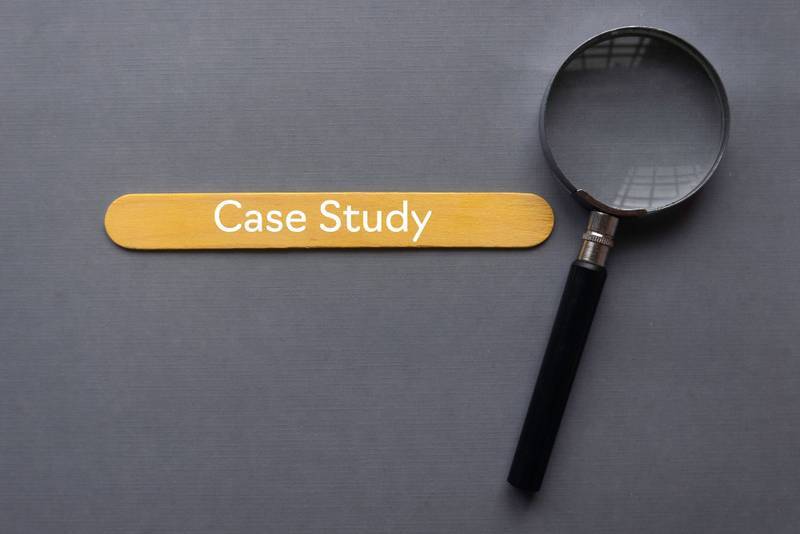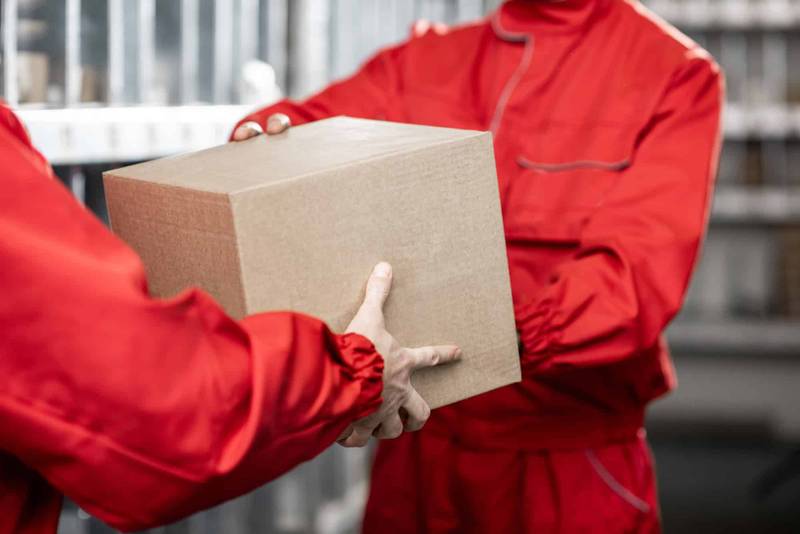The Future of Decentralized Cloud Storage: Reliable, Resilient, and Ready for AI
Introduction
As organizations and individuals race to harness new computational powers, the evolution of cloud technology has become essential to data management, security, and performance. In this landscape, decentralized cloud storage emerges as a transformative force, promising not only superior reliability but also resilience against outages—attributes vital to the AI data centers rapidly shaping the next era of digital infrastructure. By distributing data across a network of independent nodes rather than centralized servers, decentralized solutions like Sia are rewriting the rules of uptime, self-healing, and sustainability through distributed architecture.
Amid unprecedented global investments in AI and exploding storage demands, the reliability of cloud storage is more critical than ever. Traditional centralized clouds often falter under pressure from hardware failures, outages, or cyberattacks. Decentralized cloud storage counters these pitfalls—employing redundancy and smart allocation to secure data and maintain performance for the AI-driven future. This shift isn’t just technical; it represents a paradigm change in how we secure, store, and manage information.
—
Background: What Is Decentralized Cloud Storage?
Decentralized cloud storage fundamentally reimagines how data resides in the cloud. Instead of relying on large, centralized data centers operated by a handful of companies, decentralized platforms distribute encrypted data segments across a global peer-to-peer network. Each participant can contribute idle storage resources, strengthening both capability and resilience.
Key differentiators from centralized cloud models:
– Single Point of Failure Avoidance: Decentralized systems mitigate risks posed by central server failures. If one node goes offline, data remains accessible via other nodes.
– Data Redundancy and Security: Multiple copies of data are stored in different locations, enhancing both privacy and reliability.
– Economic Efficiency: Users pay only for the storage they need, and contributors are incentivized for their resources, creating a fairer ecosystem.
Major players driving this change include:
– Sia Foundation: Sia positions itself as “the world’s safest cloud storage, by design,” offering built-in resilience and continuous backup capabilities [Hackernoon].
– StorX Network and Aleph Cloud: Both platforms leverage distributed, encrypted storage to ensure users benefit from independent infrastructure and improved failure tolerance.
If we compare this model to traditional cloud storage, consider the analogy of storing jewelry in a single vault versus a network of safety deposit boxes worldwide. The latter presents far fewer risks if disaster strikes one location—the foundation of cloud reliability and cloud outage solutions.
In a digital era plagued by increasing cyber threats and unpredictable hardware failures, decentralized cloud storage finds relevance not just for technical excellence but also for robust, service continuity.
—
Trend: The Shift Toward Distributed Architecture
Increasingly, the world’s reliance on AI pushes the boundaries of conventional cloud infrastructure, highlighting a shift toward resilient distributed architectures. This trend stems from both necessity and innovation—the more interconnected our devices and applications become, the less tolerable downtime or data loss becomes.
Cloud Outage Solutions Drive Adoption
For years, outages in centralized clouds have cost billions in lost productivity and reputation. Decentralized storage solutions, like Sia, implement “self-healing” mechanisms—automatically redistributing data and maintaining performance even as nodes intermittently fail or disconnect. As Sia claims, “We don’t just say we’re reliable], we back it up (literally)” [[Hackernoon].
Illustrative Example: Imagine the Internet as a vast network of bridges. Centralized clouds are like single highway bridges—if one collapses, all traffic stops. Decentralized architecture is more akin to a web of city streets; if one street closes, many alternative routes remain open.
AI Centers and Enhanced Reliability
The rise of AI data centers—with their exponential demands for compute and storage—accelerates the transition to distributed storage solutions. These next-gen centers require constant uptime for training models, serving queries, and handling unpredictable energy spikes. Decentralized cloud storage, inherently resilient, fits the bill for AI’s non-negotiable reliability.
“Sia Foundation,” alongside its contemporaries StorX and Aleph Cloud, is increasingly integrated into major platforms specifically to offer uninterrupted storage—a necessity as AI workloads become mission-critical [BBC].
Industry claims such as “Sia is the world’s safest cloud storage” are backed by real-world performance, where self-healing and redundancy directly prevent outages.
This distributed approach is poised to become standard practice as businesses prioritize solutions offering reliability—supported not just by rhetoric but by architecture.
—
Insight: Addressing Reliability and Sustainability in the Cloud Era
The growing complexity and scale of digital operations, particularly those powered by AI, brings unique reliability and sustainability challenges to the cloud landscape.
Eliminating Single Points of Failure
Centralized clouds are susceptible to catastrophic loss when infrastructure fails. Decentralized cloud storage directly addresses these concerns through redundancy, peer validation, and automatic failover mechanisms. For example, Sia’s architecture encrypts and fragments user data, scattering pieces across geographically dispersed nodes. Even if several nodes fail, data remains intact and recoverable [Hackernoon].
Reliable Data Backup for AI Workloads
The recent surge in AI workloads—involving real-time analytics, model training, and large-scale deployment—necessitates storage solutions that can guarantee both accessibility and recoverability. Sia and similar platforms design for “continuous performance,” ensuring that user data is backed up by default.
According to industry estimates, AI data centers will attract $3 Trillion in investments by 2029—split between new hardware and infrastructure [BBC]. Such investment reflects both the critical role of AI and the need for underlying storage systems that can scale without bottlenecks or outages.
Environmental Sustainability
High-density data centers—especially those filled with Nvidia’s top-tier chips—consume inordinate amounts of energy and water. Regulatory bodies and tech giants are responding by investing heavily in renewables and alternative energy sources. For instance, AWS is now the world’s largest corporate buyer of renewable energy, and Microsoft has pledged significant investments in nuclear and renewable solutions [BBC].
Similarly, decentralized storage systems adapt to environmental demands by allowing nodes to participate regardless of location—enabling green hosts to join the network, reducing energy waste, and democratizing access to sustainable infrastructure.
Takeaway: As AI data centers multiply, the imperative for reliable, sustainable cloud storage will only intensify. Decentralized platforms are setting new standards for resilience and environmental stewardship.
—
Forecast: The Evolution of Cloud Storage and AI Data Centers
The next decade promises dramatic change in how data is stored, accessed, and protected—particularly as the synergy between AI workloads and distributed cloud infrastructure deepens.
Growth of Decentralized Solutions
With billions of new data points generated daily and AI fueling unprecedented demand for high-speed, always-on infrastructure, decentralized cloud storage is forecasted to capture a significant share of the market—offering not just cost efficiency but unique reliability and resilience. The ongoing shift from monolithic data centers to peer-managed networks will further drive this trend.
AI Workloads and Data Reliability
As AI models demand low latency and massive parallel processing, traditional storage bottlenecks become untenable. Distributed architecture ensures that performance scales with need, future-proofing the backbone of digital transformation.
– Regulatory Challenges: As environmental and security concerns grow, governments may impose stricter rules on data center energy use, redundancy, and water consumption—potentially accelerating the adoption of decentralized, resource-efficient solutions.
– Technical Evolution: Advances in encryption, network coordination, and redundancy algorithms will enable even broader, more dependable cloud systems—integrated seamlessly with the next wave of AI data centers.
Prognosis: By 2029, decentralized storage will be at the core of every major AI-driven enterprise, underpinning global efforts in reliability, sustainability, and performance. As Morgan Stanley and others suggest, the “Apollo program” scale of investment in the sector will drive both technological and ecosystem innovation [BBC].
—
Call to Action: Secure Your Data with Next-Gen Cloud Solutions
In a rapidly evolving cloud landscape, businesses and individuals must proactively evaluate decentralized cloud storage to future-proof their data against outages, attacks, and scale demands.
Why Act Now?
– Traditional centralized clouds, while convenient, are increasingly prone to reliability and sustainability challenges.
– Decentralized platforms like Sia provide resilience “by design,” verified through continuous performance and self-healing capabilities [Hackernoon].
– New AI workloads require redundancy, scalability, and instant recoverability—all offered natively by distributed architecture.
How to Transition:
– Assess Data Needs: Evaluate your organization’s reliability, scalability, and security requirements.
– Research Platforms: Explore leaders like Sia, StorX Network, and Aleph Cloud—reviewing their security protocols, geographic redundancy, and pricing.
– Pilot Implementation: Launch small-scale deployments, monitor performance, and expand as needed.
– Leverage Resources: Reference reviews, case studies, and migration guides. For deeper insights, read Sia redefines cloud reliability and BBC’s analysis on AI infrastructure trends.
Related Articles:
– “Sia Redefines Cloud Reliability With Continuous Performance by Design” – Explores how Sia’s decentralized architecture avoids single points of failure and maintains continuous backup.
– “AI Data Centres and the $3 Trillion Investment Boom” – Analyses how the exponential rise in AI is reshaping energy, infrastructure, and reliability demands in the cloud sector.
In conclusion, decentralized cloud storage isn’t just a technological leap—it’s the blueprint for a reliable, resilient, and AI-ready digital future. Now is the time for organizations to secure their data, embrace distributed architecture, and position themselves at the forefront of the next cloud evolution.
—
Citations:
1. Sia Redefines Cloud Reliability With Continuous Performance by Design
2. AI Data Centres and the $3 Trillion Investment Boom






